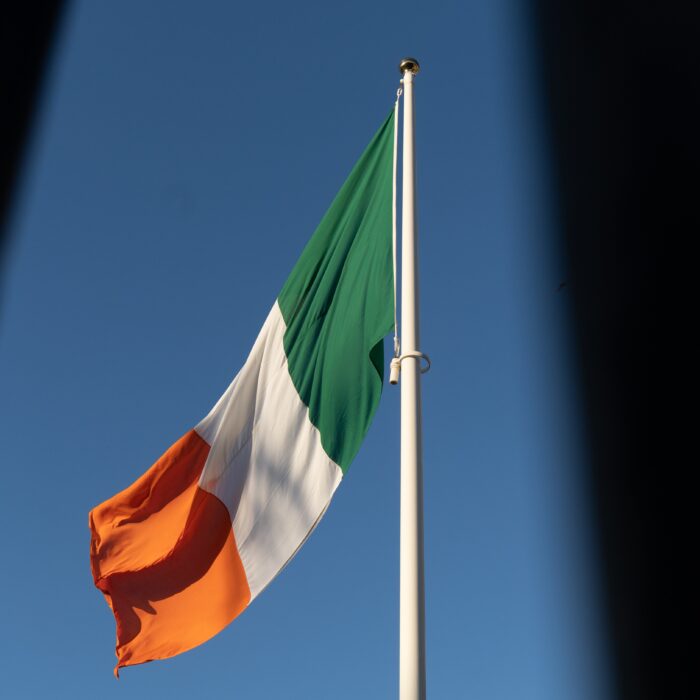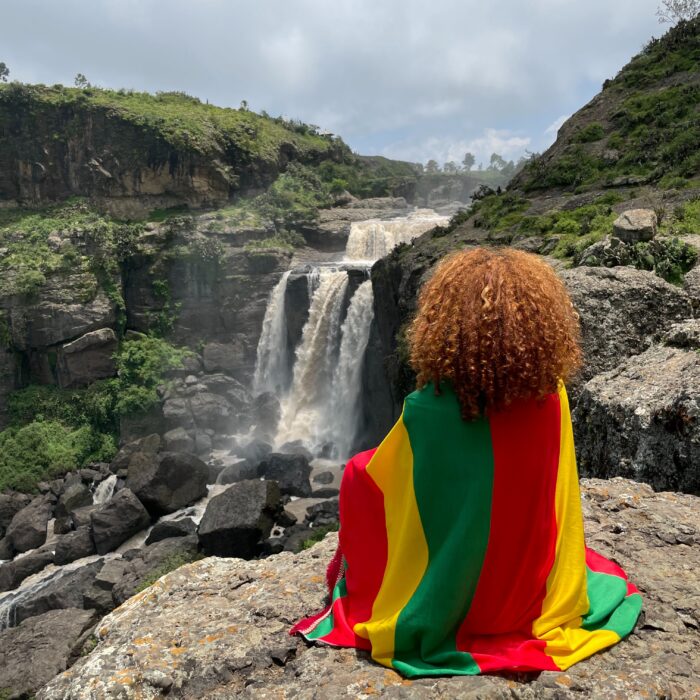You have no items in your cart. Want to get some nice things?
Go shopping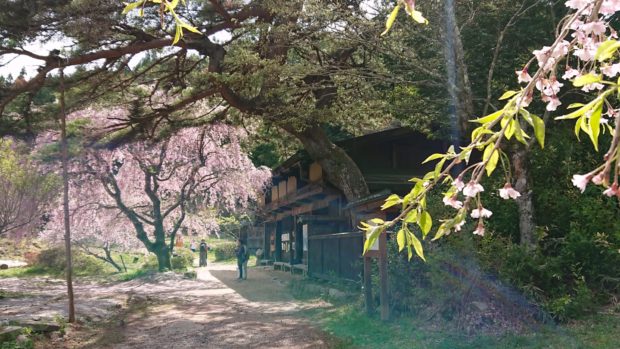
Read parts one and two of this series.
Every time we go away together, I wonder if my husband is plotting to kill me. For us, holidays usually involve exploring a place to the point of exhaustion while tasting snacks. The first time we went hiking was on Scafell Pike with the friend who suggested it. As my then-boyfriend didn’t have any suitable footwear, I lent him my boots. This left me with a pair of hi-tops, which I figured would be fine (I’d done no research on Scafell Pike whatsoever, apart from finding a cute Airbnb nearby). To everyone’s surprise, I bounded up that hill like a goat on springs. I then descended like a drunk in a war. Feet ballooning with blisters, I drove us to Lake Windermere, vowing never to climb another mountain.
A couple of years later, we booked a trip to Norway. As my then-fiancé had spent weeks researching the trip, I trusted him when he took us up a snowy Mount Fløyen for an allegedly straightforward hike. The man in the funicular’s ticket booth warned us not to venture further. All signs pointed to horrific survival movie. In fact, we began our route with the assistance of almost no signs at all. The hike is straightforward as long as the path, dips, holes, shrubs, rocks, signposts and cairns aren’t totally covered in snow. Which they were. At one point, we were both chest-deep in an ice-white mire, dragging our weary limbs from pine to pine in a desperate but languid attempt to save ourselves from hypothermia.
So when my husband suggested we go hiking in Japan, of course I agreed. It was spring. He’d researched the trip for months. We both had sensible shoes and I packed water and snacks aplenty. The trail had the word “valley” in it. All would be well.
The hike was our method of getting from Tokyo to the former capital of Kyoto. We were to take a bullet train (Shinkansen) to Nagoya, a train to Nagiso, walk a part of the old route used by pilgrims and traders through the Kiso Valley, then take a bus to another train from Nakatsugawa to our destination of Kyoto.
The experience of taking the Shinkansen encapsulated everything I expected from Japan: efficiency, smartness, politeness. As with all public transport, there were lines on the platform to indicate queues for sequential departures. And people obeyed them. They also waited until others had alighted before boarding. Inside, the carriages were clean and spacious, with plenty of room for my spouse’s long legs. Ticket inspectors and refreshment assistants in hats and gloves turned back to bow before leaving a carriage. Having spent my breakfast scrolling through Twitter tirades against “libtards” by the far-right, I was overjoyed by this bit of social courtesy.
Our first stop was the city of Nagoya. We used our waiting time there by sprinting to a shop that sold printer-paper. This was because I’d forgotten to bring along the beautiful Moleskine journal gifted by an old friend, for the purpose of collecting stamps from our travels (more on this later on). From the few minutes we were there, my impression of Nagoya was that it must be the Milton Keynes of Japan: no beauty, only functionality. Someday I’ll go back for a proper look.
Our next train journey took us to the rural Nagiso. Here, we trod the path along the railway tracks. It took us through a small park, where we found a gathering of small Buddhist sculptures wearing knitted hats. We sat down at a wooden picnic bench, overlooking the kawara-tiled roofs of houses in a valley threaded by a river. Having eaten our 7-Eleven lunch – onigiri (triangular rice balls wrapped in seaweed) for him and inari (rice balls in a sweet, seasoned tofu pouch) for me – we set off on our half-day walk.
It wasn’t long before we realised we may have been overdressed. Having taken hoodies and jeans in case it was chilly in the higher altitudes, we quickly began to sweat beneath the blaze of the sun. On top of that, the vast majority of our hours-long hike was uphill.
On seeing the peaceful faces of the few other tourists heading the opposite way, I lashed out at my husband. “Didn’t any of your sources mention which direction to go in?” I whined between laboured breaths.
“No-one said anything!” he replied, wiping moisture from his brow.
Our one saving grace was the coin-lockers back at Nagoya station, which were currently housing the 80-litre rucksack we’d brought along for our forthcoming stay in Kyoto. We shared carrying duties for our small backpack full of snacks, and winced at the increasing temperature of the water in our bottles. Why hadn’t I brought a thermos? When would I learn to learn from mistakes?
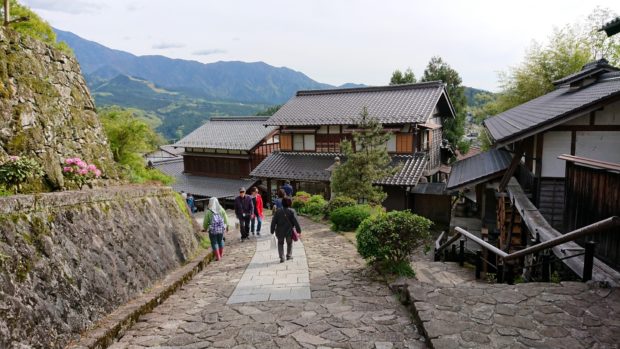
Thankfully, the hike rewarded those uphill downsides. Pleasant paths through the verdant countryside were dotted with the odd house, a serene garden, a water feature and a place of worship. We walked past a lone stone marker sprinkled with fallen cherry blossoms. We’d hoped to catch the famous Japanese sakura, to follow it across the country, but due to our American diversion we’d been a week too late. We made our way through bamboo woods, over bridges, past rice paddies set against the ever-present backdrop of lush green hills. We came to a village of traditional houses and shops, built with timber frames and tiled roofs on top of deep eaves. Beneath the wisteria shelter of a house stood a horse made of straw. There was also the recurring motif of a bear-like statue, a creature I later discovered was a tanuki. A rotund, raccoon-like dog, he’s a mythical trickster whose ceramic form in modern Japan is a symbol of generosity, good cheer, prosperity. Not having encountered a home and retail mascot sporting a bottle of sake, prominent nipples and an enormous scrotum before, I was a tad disoriented.
We ambled into a tourist shop, where we bought a wooden jigsaw map of Japan for our future children. So we could point at certain spots in years to come and tell them, and ourselves, We were there.
We set off. Journeying into the woods again, we heard the distant ringing of a bell. When we approached, we greeted the source as if it were a celebrity. “Ring the bell hard against bears,” read the laminated sign tied to the metal post. We did, with all the enthusiasm recommended by the sign.
A little further on, I thought my husband was plotting to kill me again. “Let’s take a detour to the waterfall,” he said.
“How much of a detour and how big a waterfall?” I replied.
Not much of a detour, it turned out, and it was definitely worth it. Stepping from rock to rock in the clear water, we made our way to a narrow wooden bridge with no railings, which led us to a perfect view of the water gushing into a lake. The noise of it pounded out all other thoughts. This was a place in which to simply be.
Taking a steep walkway to get back en route, we came upon a gate to a field, and another welcome sight: sakura. A beautiful cherry blossom in full bloom touched the wooden beams of an old teahouse. We went inside, where the proprietor asked us where we were from, and seated us accordingly. Part of me wanted to tell the old gent, “Oh no, there’s been a mistake. We didn’t ask to chat with anyone, we’re antisocial.” But I swallowed my free green tea and exchanged friendly advice and amusing anecdotes with the two young Brits on the other side of the table. The teahouse was a large room of dark wood, in the middle of which was a pit of sand. A cast iron teapot dangled over it, black against the bright light from the open doors and moody tint of the paper windows. We left a donation in the wooden box, and headed to Nakatsugawa, the end of our walk.
We passed more beaming tourists rolling effortlessly downhill until, at some point, the path shifted in our favour. At last, the roles were reversed. We arrived at the small mountain town, a picturesque layering of stone paving and potted plants, on top of wooden homes with tiled roofs, against green hills over blue mountains and white sky. Down we went towards the bus stop, stopping off at the information centre for a stamp to add to our printer-paper. Up ahead there was an Asian tourist pushing a pram.
“Baby or dog?” my husband said. He was referring to a game introduced to us by our Tokyo-dwelling friends. The odds were fifty-fifty in Japanese prams.
Before I could answer, the heads of two King Charles spaniels poked out, wearing conical straw hats. My husband asked the owner if he could photograph them, and I was mortified. The woman would think us arrogant tourists. But as he’d been granted permission, I couldn’t help sneaking some pictures myself.
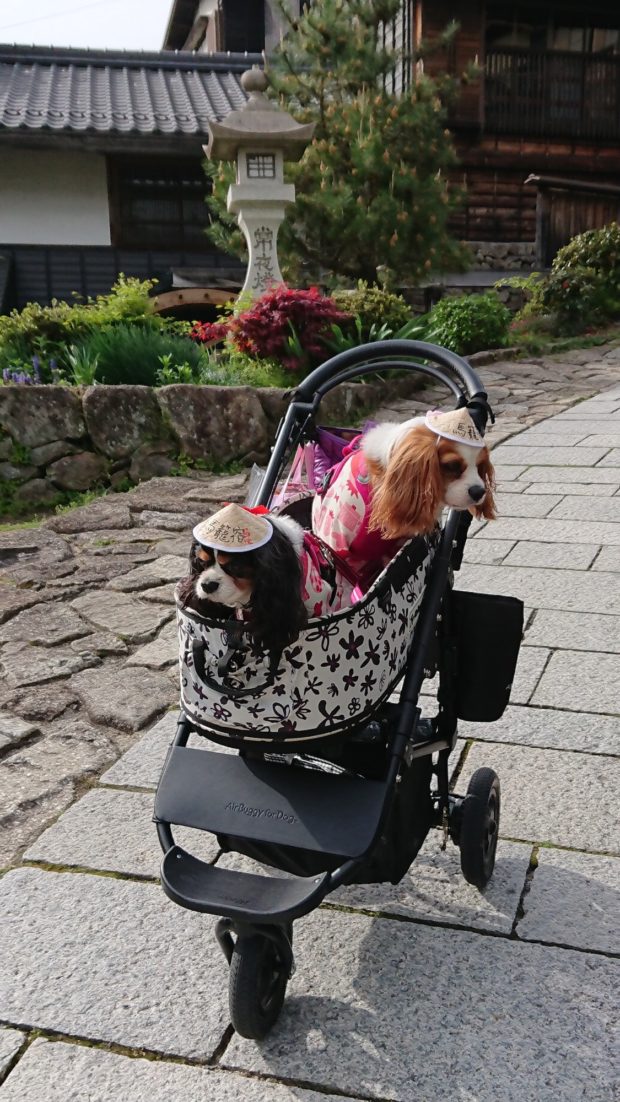
With a good twenty minutes until the bus arrived, we wandered around Nakatsugawa. It was the busiest place we’d seen since Nagoya. People sat at tables outside a large tourist shop, eating ice cream and drinking cold coffee. Inside, we browsed the unknowable souvenir delicacies and took a chance on an ice-cold drink we’d never seen before, to reward us for our physical exertions and to replace the foulness left in our mouths by the slow-roasting water bottles. It was a milky pineapple drink that we both declared one of the best things we’d ever tasted. If we had known then that we wouldn’t be able to find it again, we might’ve stocked up. If we had known our trip today was going to be uphill for the most part, we might’ve done it the other way around. But what with our rewards increasing throughout the day, from a sakura-speckled stone marker to an awesome waterfall to a restful teahouse to adorable dogs in hats and this mystery pineapple drink, maybe not knowing was all right too.
Before arriving at Nakatsugawa, we’d caught up with a couple we’d noticed earlier on in the day, around the waterfall. This time we chatted. They were British Asians, somewhere between fifty and sixty years old. They told us they’d been doing things like this together for decades. In that moment, I saw my husband and me at their age, saying the same thing to another young couple exploring the world. Provided he hasn’t killed me by then.
To be continued.
Polis Loizou’s debut novel, Disbanded Kingdom, is out now.

About Polis Loizou
Polis Loizou is a co-founder of The Off-Off-Off-Broadway Company, which primarily performs his plays, and has had a series of successes since their first hit at the Buxton Fringe in 2009. His short stories have been featured in The Stockholm Review of Literature and Liars’ League NYC, and he is a frequent contributor to Litro Magazine. Born and raised in Cyprus, Polis is currently based in Nottingham after 14 years in London. 'Disbanded Kingdom' is his first published novel. He is currently represented by Litro's bespoke literary agency, Litro Represents.
- Web |
- More Posts(25)

